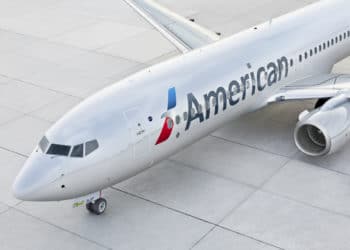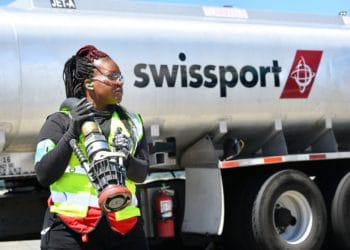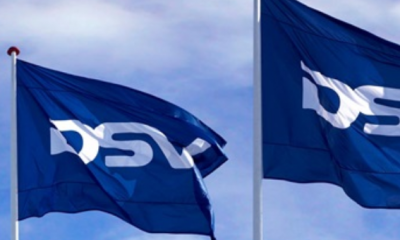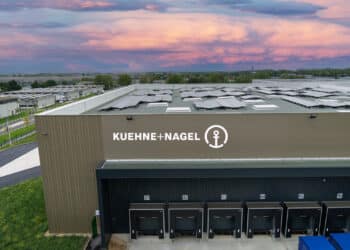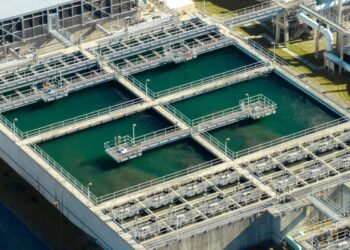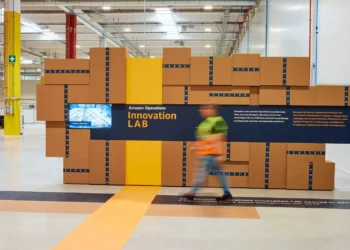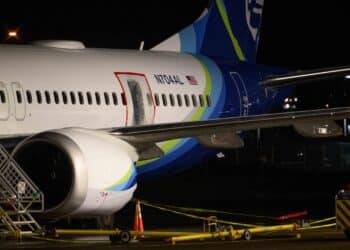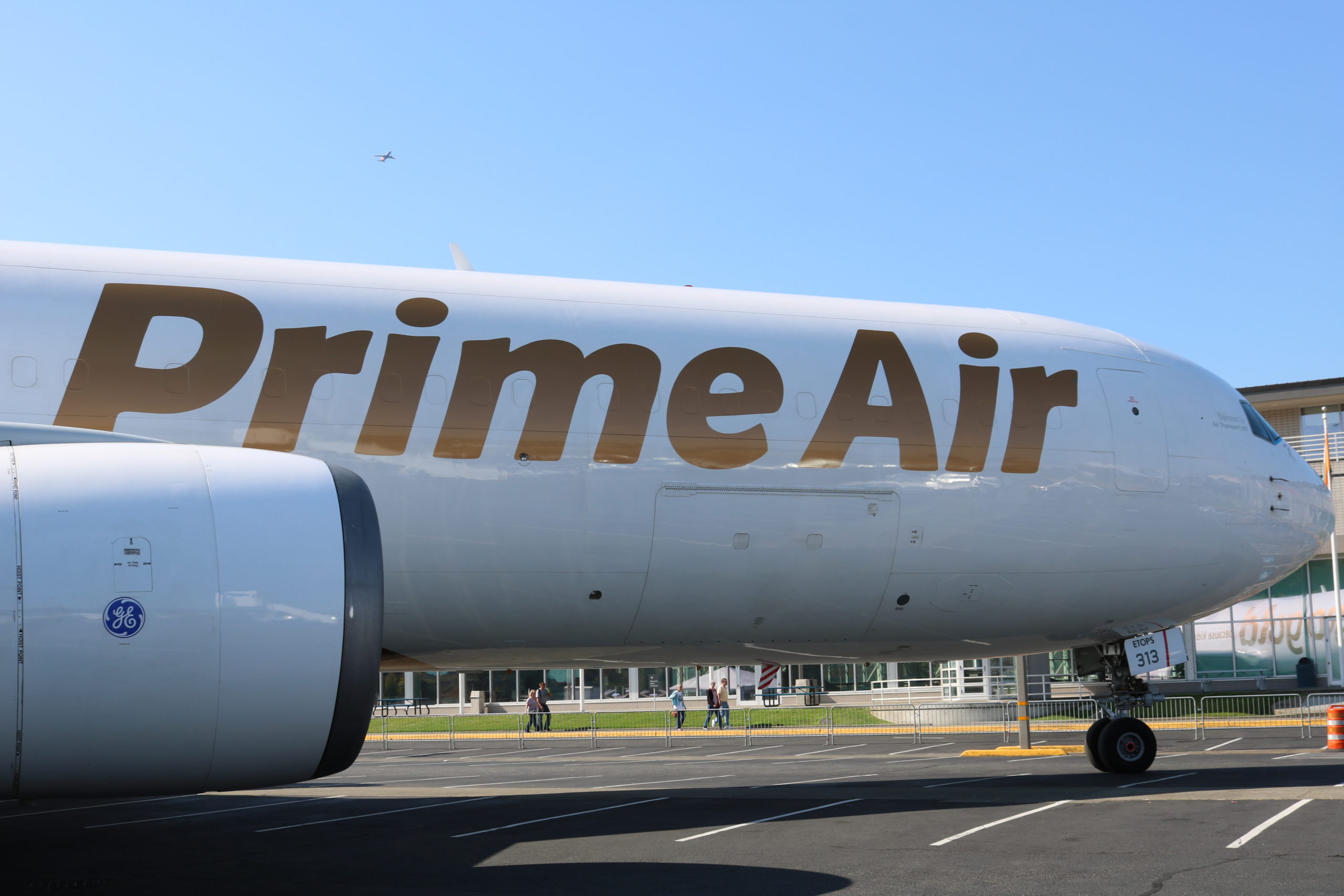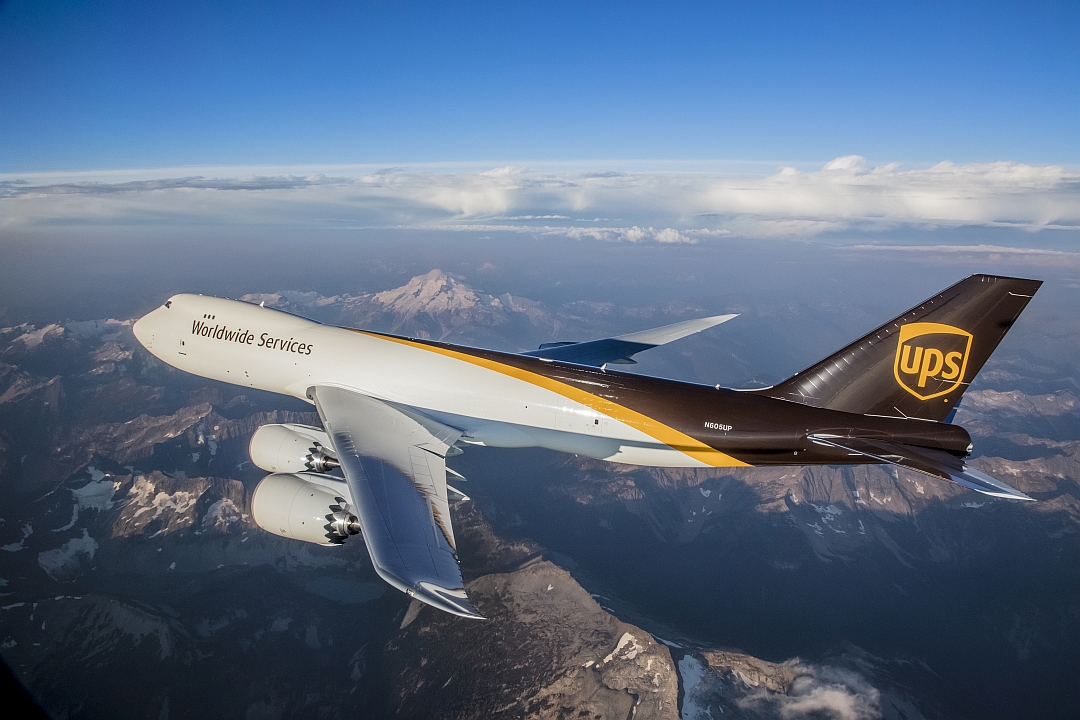No products in the cart.
Keeping Track & Trace: High-tech tools bring supply-chain transparency
We want it now…
For many shippers, the track-and-trace function has historically been on the “trace” side, to identify causes of shipping damage and to reuce or eliminate that damage in the future. More recently, customers want to know the condition of their cargo not just at the end of the journey but while the cargo is in transit.
Monitoring equipment firm SpotSee began using real-time tracking technology in 2015, using a GPS-powered, cloud-based platform, called SpotBot, which tracked the shipment of goods in the automotive, aerospace and healthcare sectors. One of the larger airlines uses SpotBot to monitor the movement of their auxiliary power units (APUs), sending data to the cloud to measure temperature change and shock, which can damage the units. Since the monitoring began, APU damage has fallen by over 50 percent.
Tyson Stuelpe, vice president of global sales and marketing for SpotSee, said that, before the end of 2018, SpotSee will release a device that will record time, location, temperature, shock and humidity to better meet the needs of the cold chain.
One of the more celebrated recent examples of real-time track and trace systems recently made headlines in Hong Kong. After working with Unilode and supply chain data management company OnAsset Intelligence, Hong-Kong-based carrier Cathay Pacific completed a “field test” of a ULD track-and-trace system that supplies data to customers in real time.
Powered by Bluetooth low-energy (BLE) beacons, the system was tested over several weeks at the Cathay Pacific Cargo Terminal at Hong Kong International Airport. During the tests, Cathay said the wireless BLE devices functioned well in the multistory, concrete environs of the cargo facility. “It’s important to explore technologies that work towards the airfreight industry’s aim of offering both customers and operators transparency,” said Frosti Lau, Cathay’s general manager of cargo service delivery.
Unilode’s Kleijn said the “5.0 version” of BLE has a range up to 200 meters. “So, if you’re around an airport and you have ULDs enabled with this technology, you can take stock literally in seconds instead of hours,” he said. “And it’s more accurate.”
Track-and-trace tech can also help carriers and forwarders understand the variations in patterns of damage to the ULDs. If the system reports that damage at Airport A is 10 percent, and at Airport B it’s 25 percent, Unilode can go to out to Airport B to talk with handlers about best practices and maybe discuss a training program. “It’s all about raising awareness,” Kleijn said. “You can only do that with data.”
Unilode is “firmly committed” to the ability of track and trace technology to leverage mobile devices, said the company’s CEO, Benoît Dumont. “The real differentiator of Unilode’s tracking technology lies in its ability to interact directly with mobile devices,” he said. “Rather than roll out huge infrastructure that needs to be managed and maintained, Unilode is embracing the power and network of mobile devices.”
Unilode has about 50 customers interested in the BLE system, including Air Canada, AirBridgeCargo and Cargolux. Kleijn said Unilode has “a firm order for 10,000 of these digital devices by the end of this year.” The ultimate goal, he said, is to convert the entire fleet of 120,000 ULDs with digitalized devices.
BLE 5.0 is developing a steady performance record for reliability in the track-and-trace business. Since 2013, BLE has been at the heart of another ULD monitoring system, the COREInsight tag, made by ULD management firm ACL Airshop. Unlike the active tags used in Unilode’s system, the COREInsight tags, which have a six-year battery life, are passive, until they are encountered by a fixed reader equipped with an antenna that is mounted on an aircraft or truck.
According to ACL, an airline that has used COREInsight for the last five years ordered fewer ULDs over that time, due to usage ratios that improved by 25 percent. The carrier also reduced the average cycle time from 15 days to just three and saved up to US$3 million annually in avoided delay costs.
Page 2 of 5

